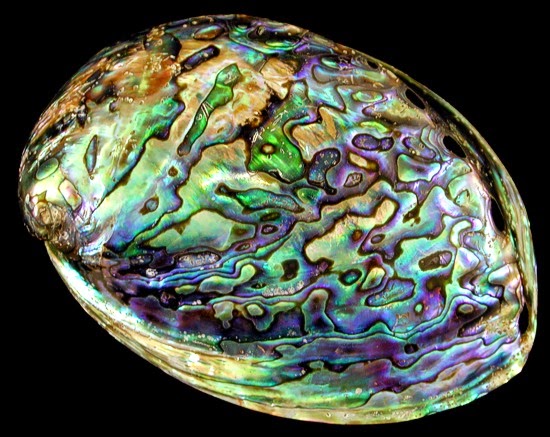Alchemy Success
Two long PhD years ago... I wrote a blog about a black magic
lab technique I was trying to get working (insitu hybridisation) In the blog I promised an update …
It worked! Finally!
Method development and optimisation may have taken a long
time (I have to admit much longer than I had ever anticipated) but the results
are absolutely worth it. It’s fascinating to visualise the exact cells shell genes are being expressed in and it helps me to understand their function.
The key to the alchemy success was a new collaboration with Daniel Jackson at the University of Gottingen and his fantastic pipetting
robot; it could process in a weekend what would take me a month to do manually!
Check out the video:
Working @uniGoettingen with Prof Dan Jackson... I can't explain how excited I am about this machine #phdchat pic.twitter.com/A4zxDz1Qyj— Vicky Sleight (@VS_Marine) January 12, 2016
 | ||
| Beautiful gene expression patterns in pond snail larvae (Lymnaea stagnalis) from Hohagen et al. (2015) |
To be more precise, as stated in Jennifer Hohagenand Daniel Jackson’s new paper ,
optimising just some of the steps can dramatically improve results,
for me it was:
1.) Probe synthesis/quality
I made my probes longer (>1kbp); the idea being a longer
probe has more label molecules incorporated and therefore has a stronger signal.
I also synthesised the probes from a really clean and concentrated
PCR products.
2.) Proteinase K
I trialled lots of different concentrations of Pro-K to achieve
the best signal for each probe whilst not disrupting the tissue morphology
During the two long PhD years that passed I obviously tried dozens of
other tweaks and optimisations, but these two seemed to be the most important
for my probes and tissues.
I’d love to hear about your in situ protocols and what is
most important in your lab - get in touch.


Comments
Post a Comment